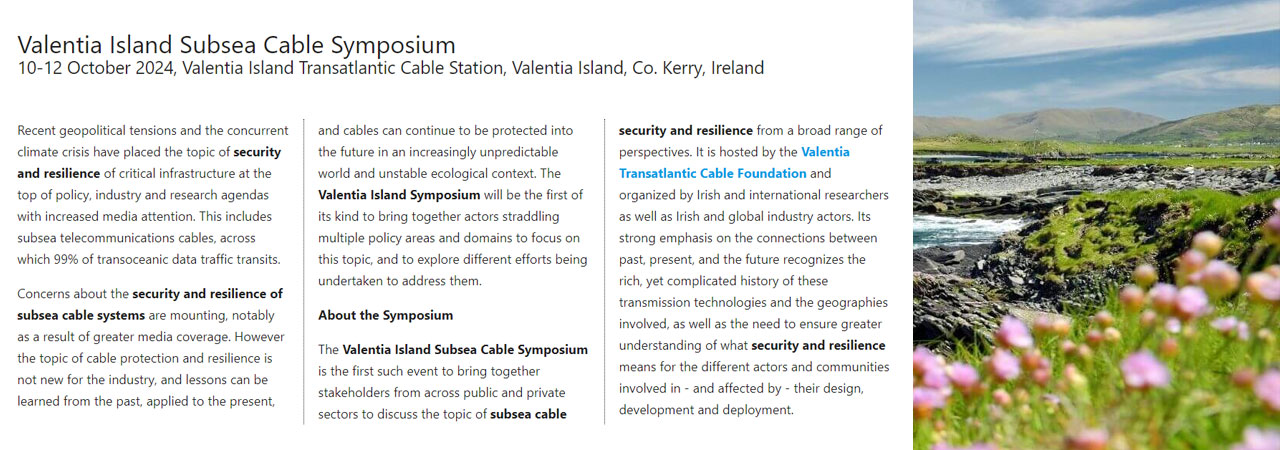
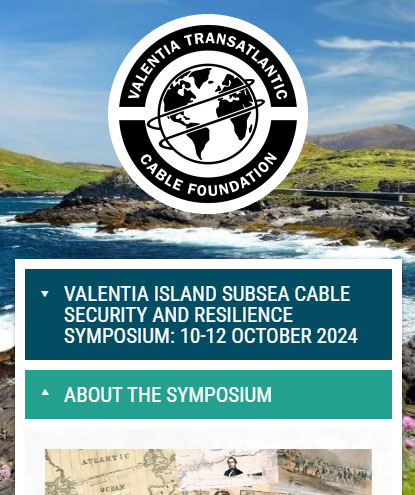
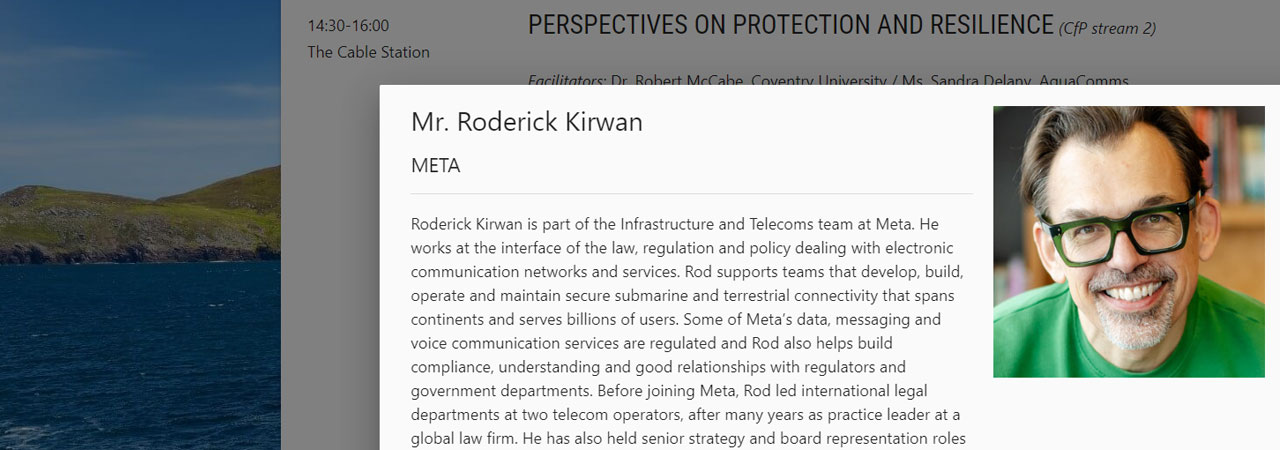
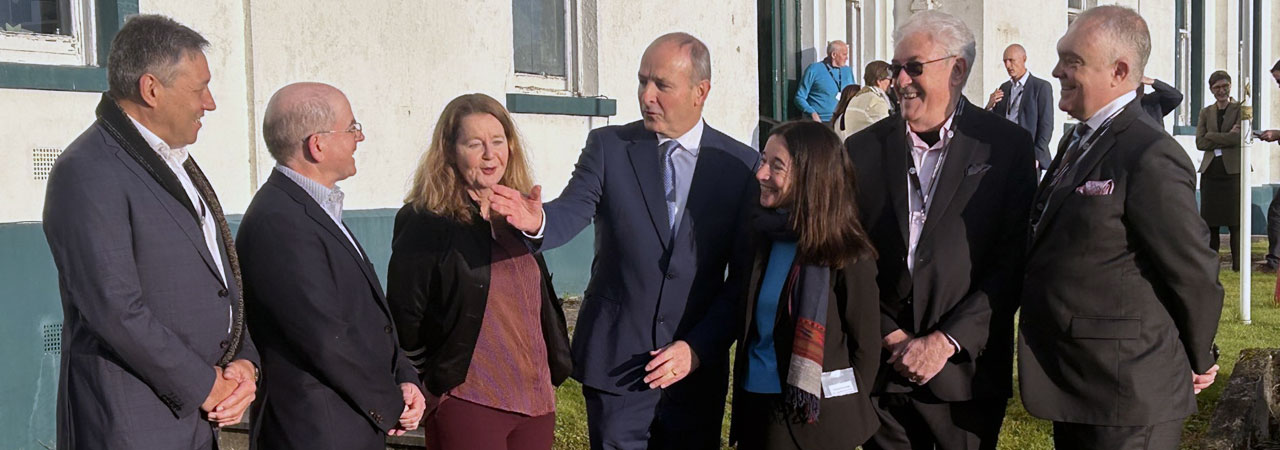
Valentia Island Subsea Cable Symposium
Over 150 years ago, the first successful transatlantic telegraph cable was laid between Valentia Island in Ireland and Heart's Content in Newfoundland, Canada, reducing the time to communicate between the Old and New Worlds from weeks to minutes!
The Valentia Island Subsea Cable Symposium was a three day event bringing together stakeholders from across public and private sectors to discuss the topic of subsea cable security and resilience from a broad range of perspectives. It was hosted by the Valentia Transatlantic Cable Foundation and organised by Irish and international researchers as well as Irish and global industry actors.
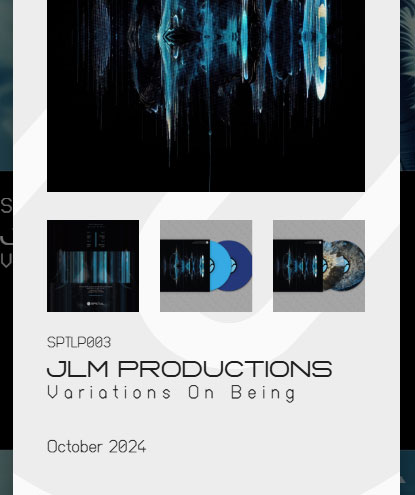
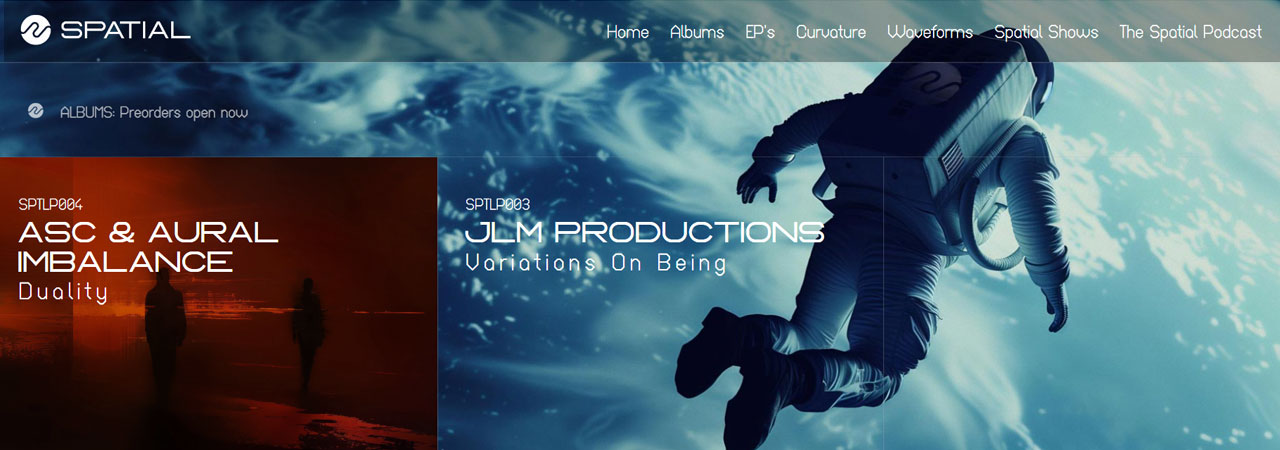
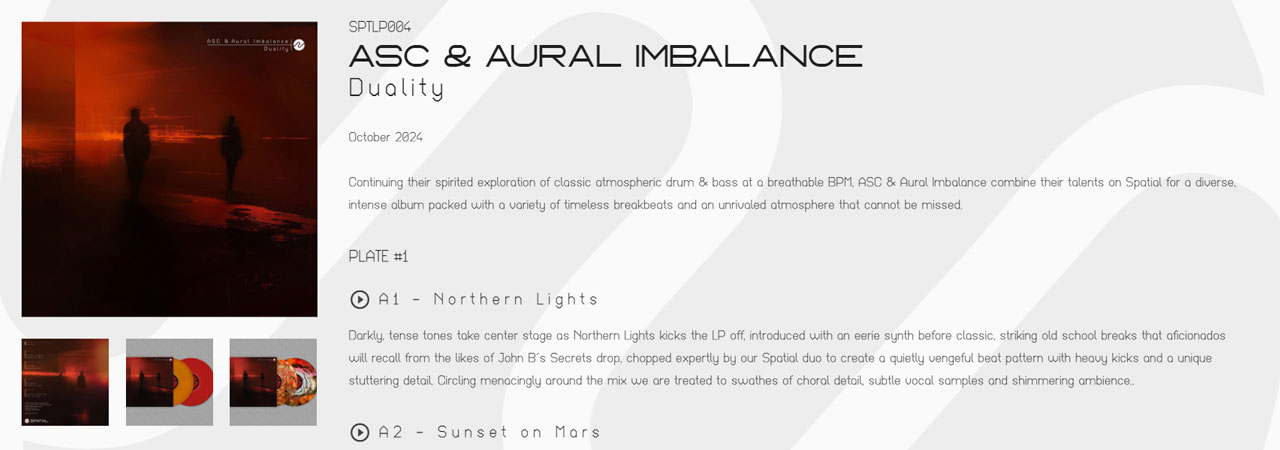
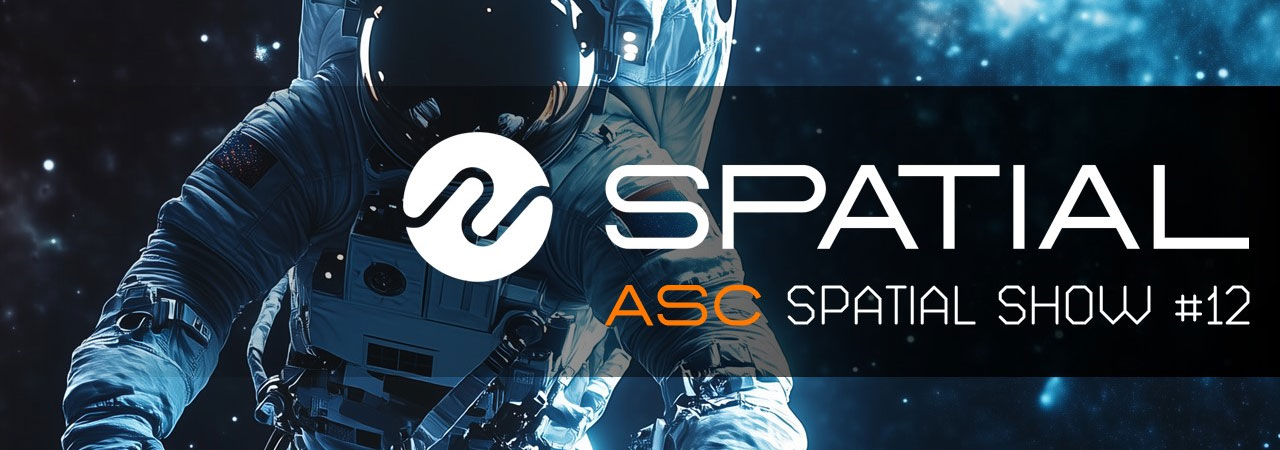
Spatial
Spatial is a record label, radio show and podcast "specialising in classic atmospheric drum & bass" and is about "keeping the bpm sensible, focusing on classic breaks, and heavy 808 sub-bass". Key artists include ASC, Aural Imbalance, JLM Productions, and Eusebeia. The site is also home to the labels Waveforms and Curvature.